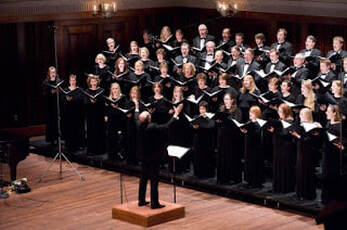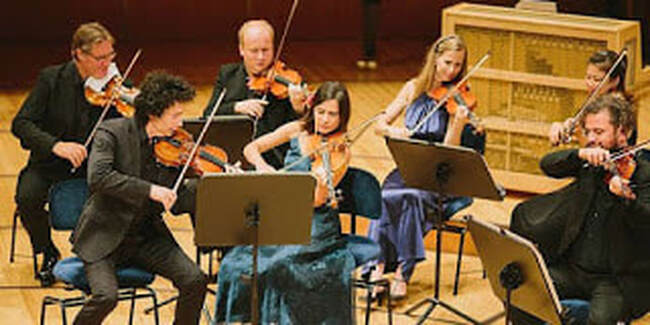 Imagine a team of any size doing a task that calls for constant coordination and accurate execution. Sound difficult? It is very difficult, and that is why organizations typically prefer to distribute tasks across specialized roles and over time. The Charlie Chaplin movie Modern Times made fun of this approach in its production line scenes, but they are actually an accurate depiction of how assembly is often done these days, and for good reason – it is the most efficient approach. But some teams need to coordinate quickly. A soccer team does so in response to the other team. An emergency unit team does so in response to the patient condition. Even teams that rehearse in advance to gain perfect execution may need coordination to avoid small mistakes accumulating and getting out of hand. A concert performance by a band, orchestra, or choir would be an example of this. A planned surgical operation or construction of a building is another. Thanks to research by John Paul Stephens published in Administrative Science Quarterly, we now know more about how such coordination is done. He studied a special kind of large team: a choir performing classical music. The starting point is that each member of the team is heedful of the others, especially those nearby. They adjust to others’ pitch, volume, and tempo, and they influence others as well, helping them pick the right pitch, volume, and tempo. When a team comes together, these mutual influences and members’ knowledge of the ideal output mean that their efforts are in sync, and their emotions are too. Emotions matter greatly for quick coordination because they adjust what happens when the team is falling apart. And any kind of quick coordination could lead to a team falling apart, with each member being anxious about their part of the task performance or upset about others appearing to do their part incorrectly. The feeling of being out of sync triggers adjustments, because each member will pay special attention to any and all cues that can improve the performance. They use their knowledge of the output, their knowledge of the skill set and current output of each other member, and their knowledge of their own skill set and current output. Once the team knows they are no longer in sync, there is mutual effort to recover. This is where leadership counts the most. For a chorus, the conductor is always up front directing, but this person is actually not so important if they have rehearsed well and are in sync. If their performance is falling apart, however, increasing the attention to the conductor is a major cue that helps recovery. One sign of greatness in a conductor is exactly this ability to put a performance back in sync, to reunite the team. Much of a conductor’s leadership occurs when composing the performance through the variations rehearsed in practice sessions, but an essential part of such leadership emerges when recovery is needed during a concert. The same process is found in more extreme versions in smaller teams with distributed leadership, such as those that combine different forms of specialists who engage in a single production. To continue with the musical performance comparison, a string ensemble has first and second violin (and sometimes more), viola, cello, and sometimes bass too. There is no conductor. Instead, a team like this has skilled members who each knows their specialty and the ideal final performance. The team usually comes together in sync during a performance, but when they fall apart, they turn their attention to their leader—the first violinist, who sits front and center and is easily visible by all ensemble members. True leadership emerges when teams need to reunite. Stephens, J. P. 2020. How the Show Goes On: Using the Aesthetic Experience of Collective Performance to Adapt while Coordinating. Administrative Science Quarterly, forthcoming. Comments are closed.
|
Blog's objectiveThis blog is devoted to discussions of how events in the news illustrate organizational research and can be explained by organizational theory. It is only updated when I have time to spare. Archives
May 2024
Categories |

 RSS Feed
RSS Feed